|
 ENTER ENTER  VSTOPI
GENERATIVE ART - A NEW KIND OF ART by bogdan
soban
VSTOPI
GENERATIVE ART - A NEW KIND OF ART by bogdan
soban
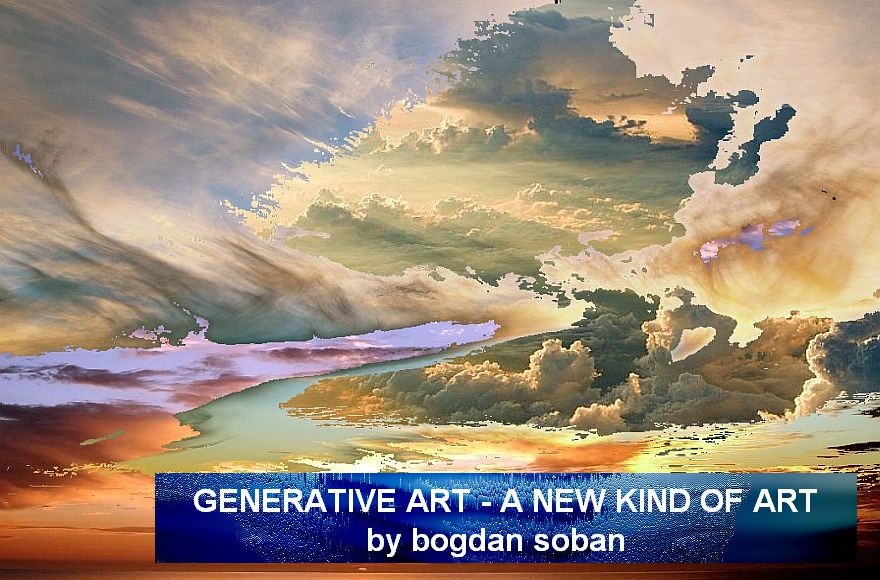
DEMO
PROGRAMS - FREE DOWNLOAD
INTERVIEW
MATH-ART STOPA
GALLERY
DIRECT - Interview with Bogdan Soban
Bogdan
is a revolutionary artist whose art is entirely
computer generated and based exclusively on the
aesthetic ability of mathematics and generative
designed software. His geometric abstractions
are magical creations of color and design that
represent his emotions during the creative
process. (read
more)
EYES ON AI
- A Look at Artificial Intelligence and Art
Through Farhat's Eyes
A key approach
Bogdan
adopts is that once his program is running, he
will not interfere with it.
The
creation
of the image will continue from start to finish
with no communication from the artist midway. In
this sense, the program is free to create the
artwork on its own account. Also afther the
image is made, he will not modify or elaborate
on it in any way. (read
more)
GENERATIVE ART -
Metodological approaches in programming
Creating images by the method of "generative
art" is based on the fact that the authors
themselves develop their software which provides
an extraordinary diversity of the results. The
approach to the development of programs can be
highly mathematical, graphic design, or a
combination of both. Authors have at disposal a
number of known mathematical algorithms, or an
immense field for innovative graphic
manipulation, which enables them to achieve high
level of diversity of the results. In the later
period I have devoted a lot of effort just to
this area and applied a number of methodological
approaches which result in artistic features
already hiding their computing origin. In this
article I present
seven
methodological approaches which often appear in
my programs for generating
images (read
more).
GENERATIVE
ART - Hitesh's Artificial Intelligence and Art
Blog
Human
beings have dreams, but you are just a machine.
An imitation of life. Can a robot turn a canvas
into a beautiful masterpiece? Generative art
refers to art or design that has been generated,
composed, or constructed in a semi-random manner
through the use of computer software/mathematical
algorithm. The main purpose of Soban's project
is to create pictures - artworks on the screen
of the computer, to choose interesting and
aesthetic examples and save or print them.
Pictures are created using his own generative
designed software without applying any existing
program available in on the web. (read
more).
YLEM JOURNAL - Aspects of Generative Art
This issue of the Ylem Journal
presents three approaches to generative art. As
I understand it, this term has come to mean art
which is created by a computer program without
the active intervention of the artist. Tina Yu
and Paul Johnson tell how they use swarm
concepts to generate choreography for dance.
Bogdan Soban relates an overview of the
development of his tachniques for teaching his
computer to create visual imagery. Scott Draves
describes a web-based environment which he has
created that permits other people to use his
system to generate visual objects which he calls
"Electric Sheep".
(read
more)
IEEE-XPLORE - Machine creation
My challenge was how to rouse up
the creativity of a machine, or better, of a
system programmed machine that has nothing to do
with a human being. The computer has some
abilities, which definitely surpass a human's,
and why not use them to realize the eterna
dreams of humanity: make the machine creative.
It is true that the author of the program is a
human being, but the creative process based on
the same program could be so autonomous and
independent of any kind if outside intervention
or without predefined result that the authorship
of the creation is undefined. Especially, the
algorithmic approach its absolute
unpredictability supports the thesis of an
artificial creativity. (read
more)
MY RECENT WORKS / MOJA NOVEJŠA DELA
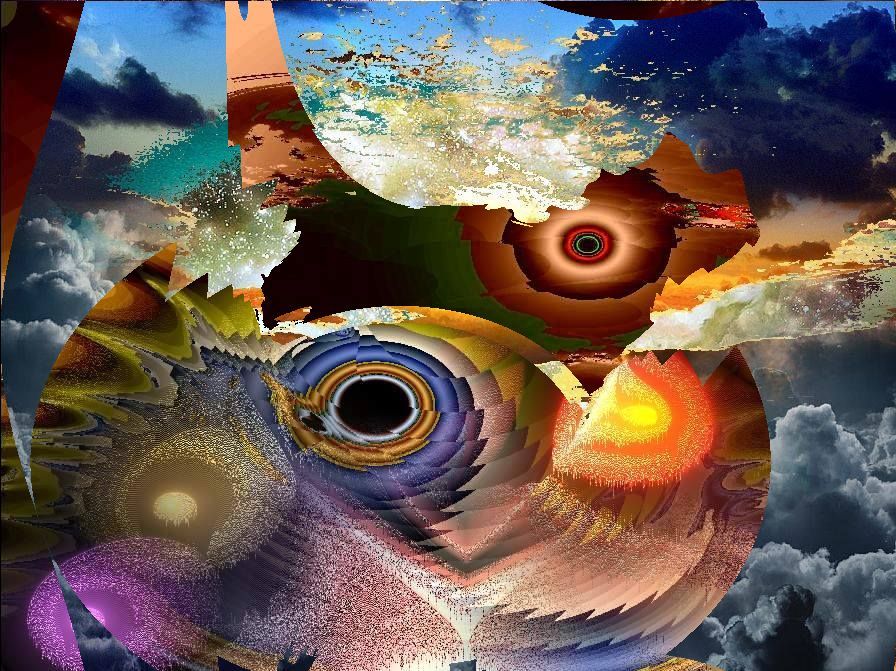
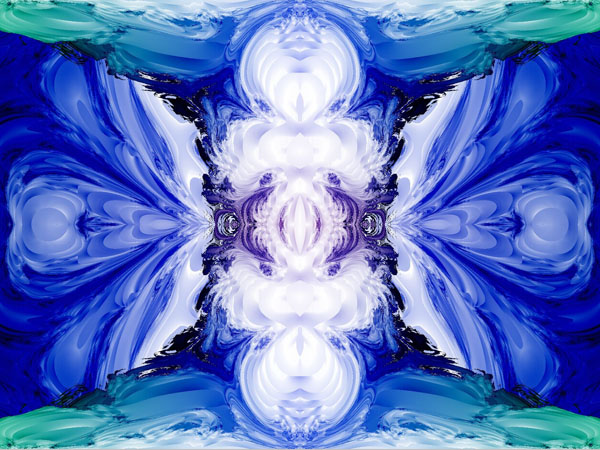

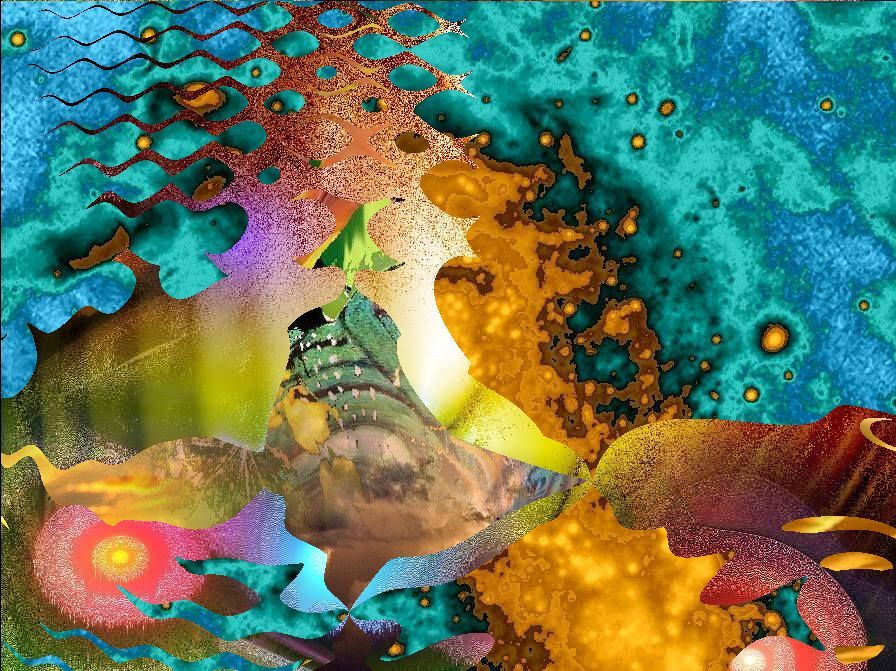
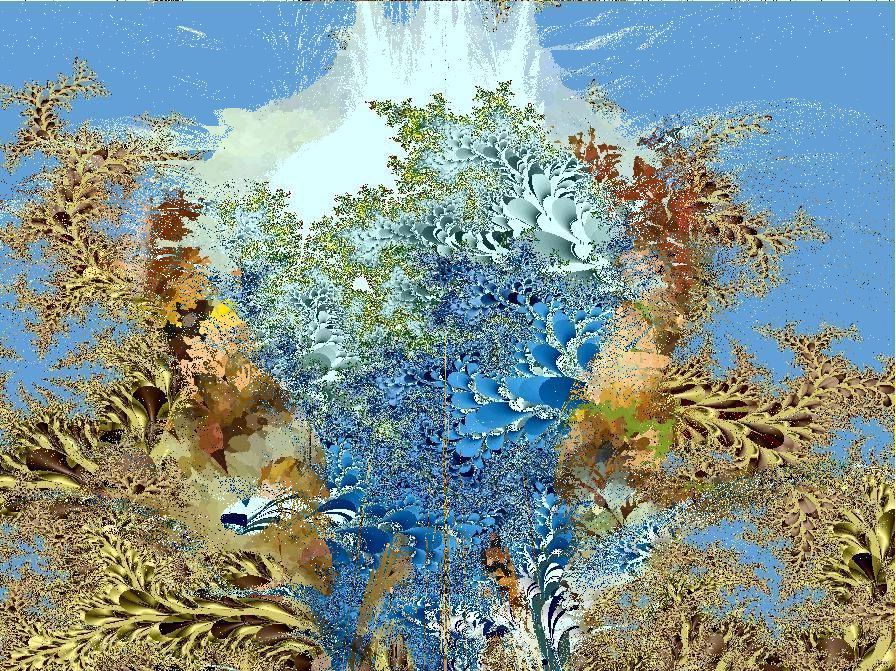
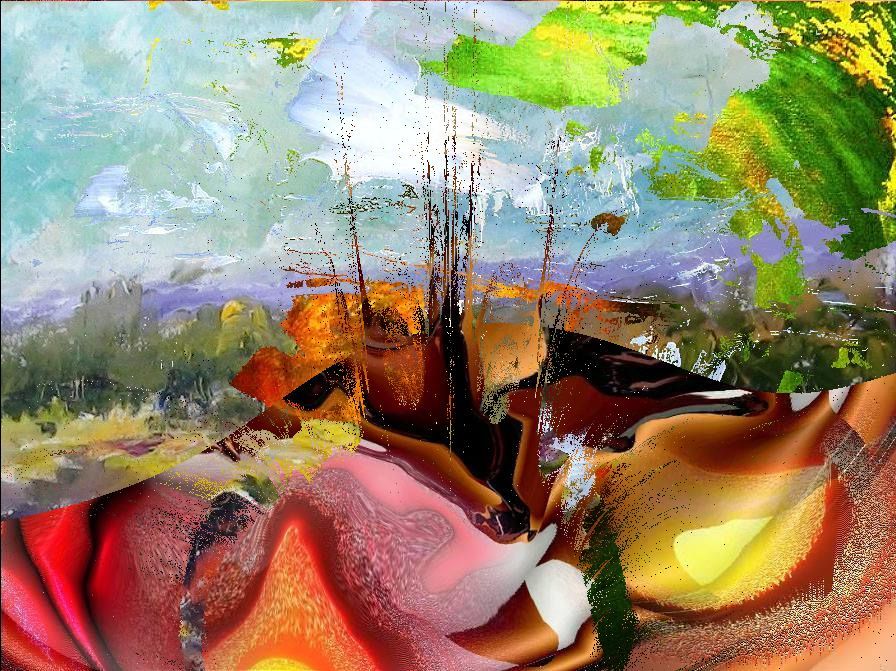
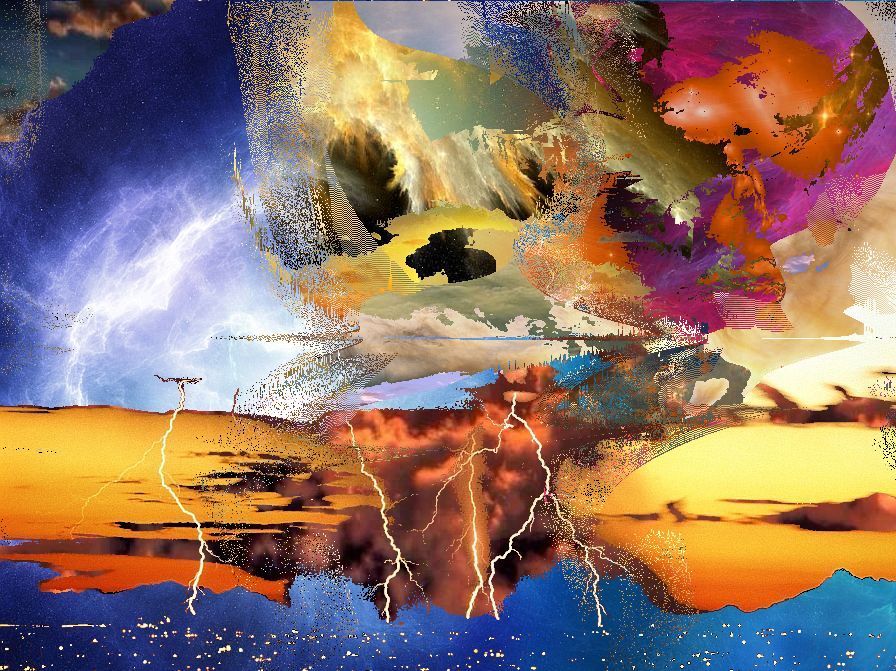
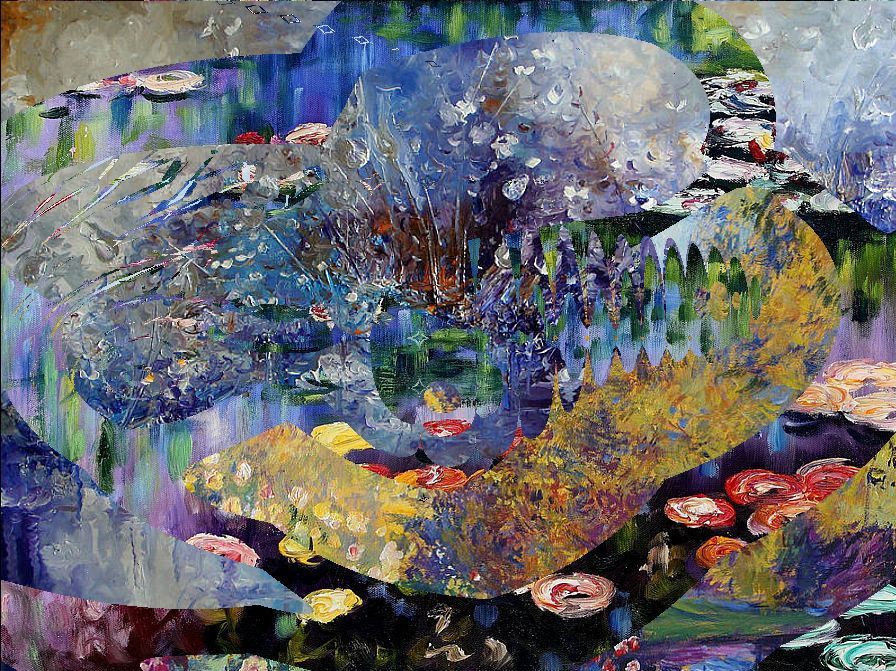
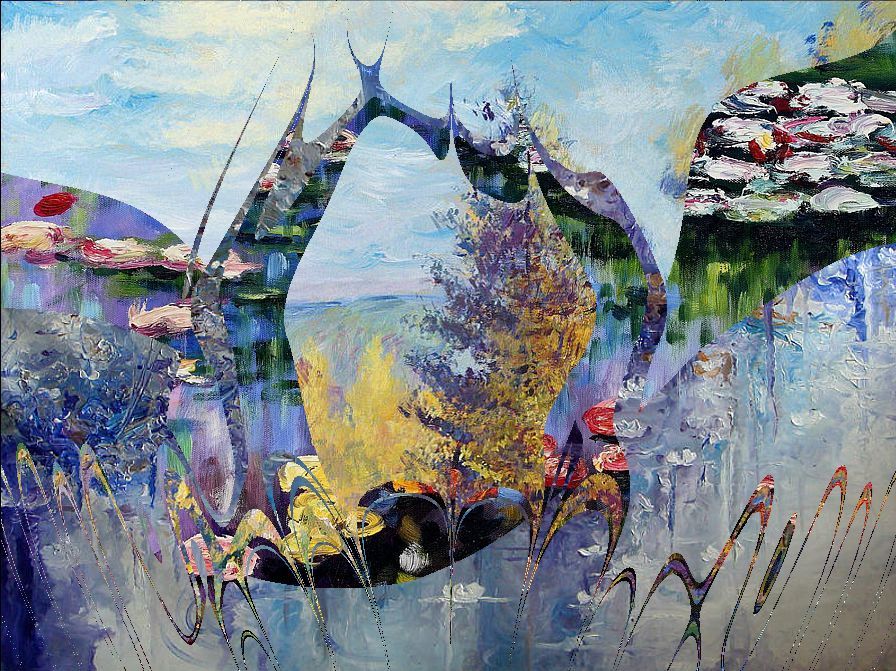
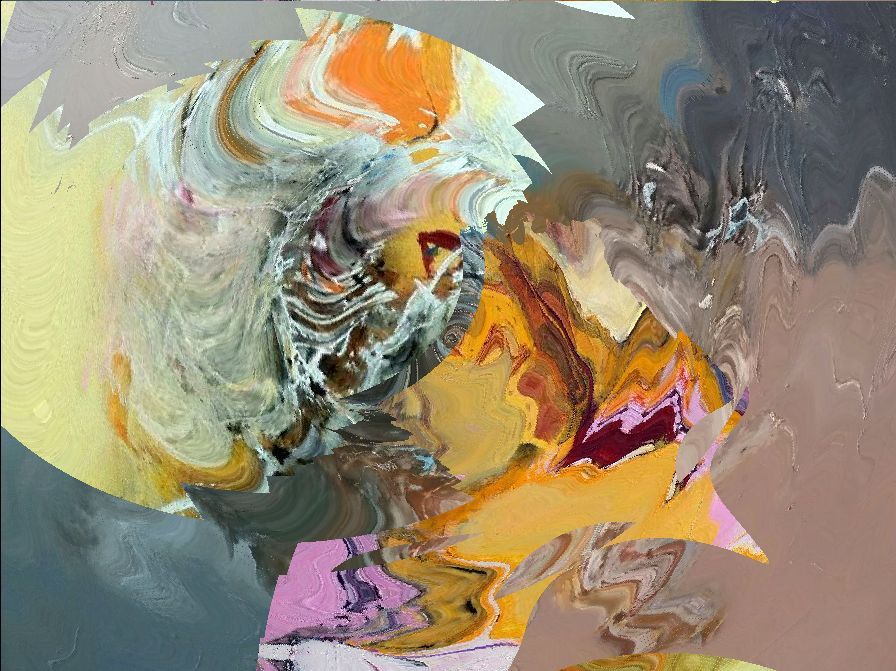
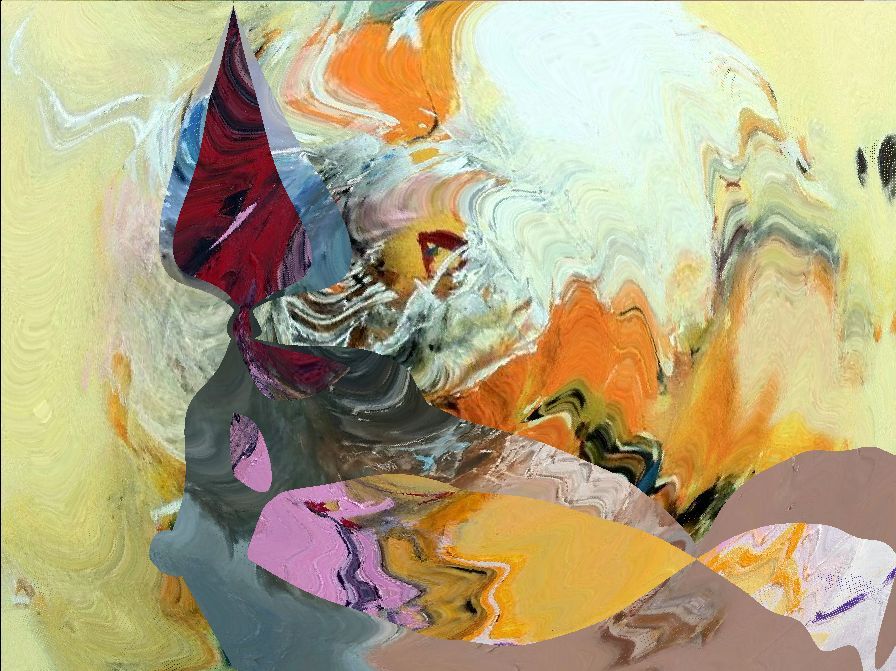
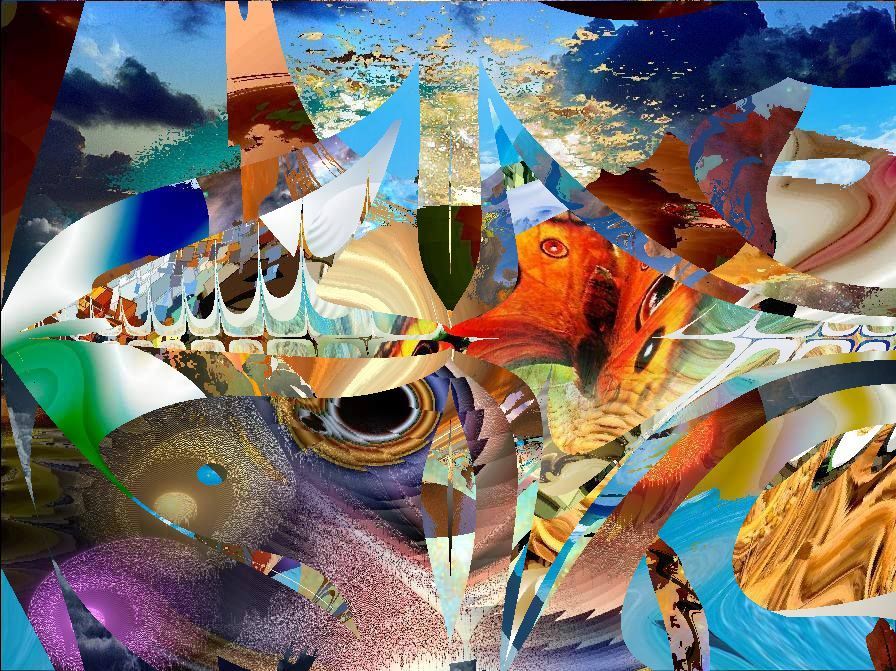
 ENTER ENTER  VSTOPI
VSTOPI
|